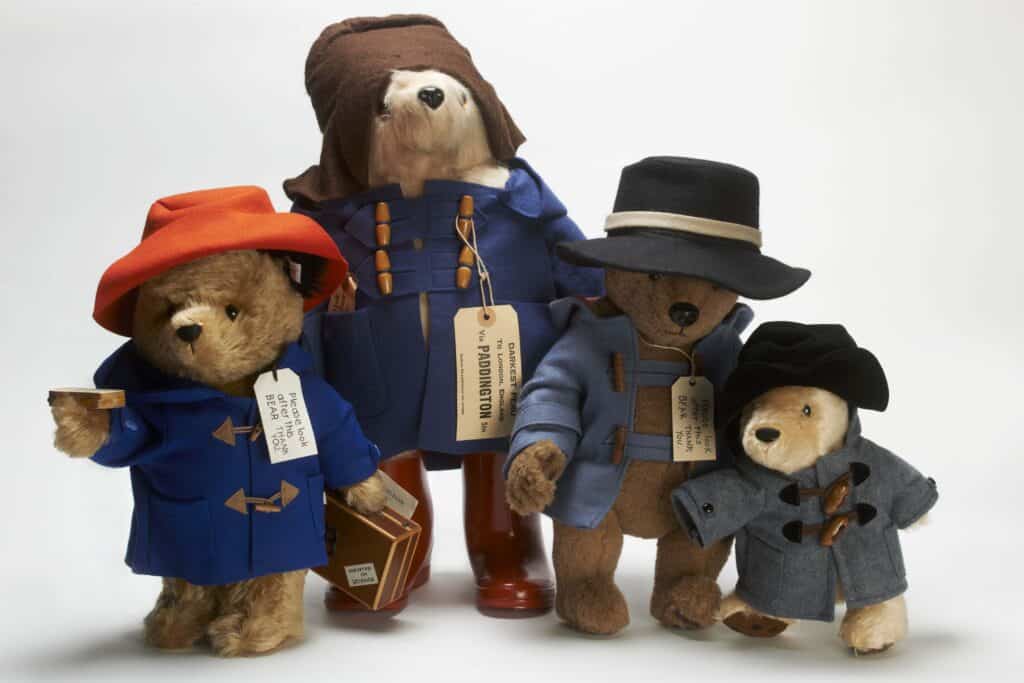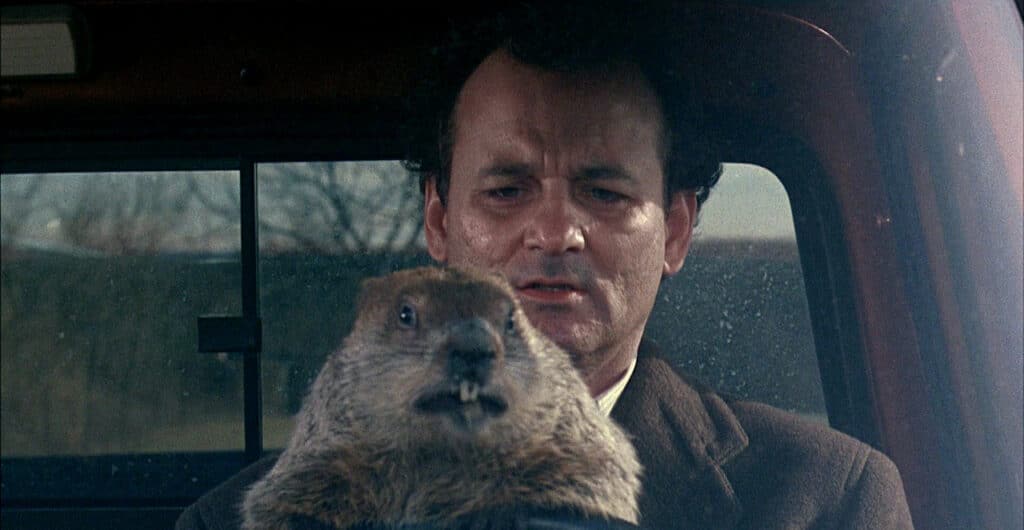Február 2-án, mi magyarok a medvére figyelünk, hogy meglátja-e az árnyékát, amikor előbújik a barlangjából. De mi a helyzet máshol? És mi a Groundhog Day? Ha kíváncsi vagy, olvasd el a leckét és nézd meg a videót!
Groundhog‘s Day is celebrated in Canada and the United States on February 2nd each year. It is not an official holiday and is mostly just for fun and something that weather forecasters like to talk about for entertainment. They watch the groundhog on this day. If it is cloudy, he will come out of his burrow and, tradition says, spring will start soon. If it is sunny, he will see his shadow and scoot back into his burrow for six more weeks of winter sleep.
In Europe, it was a hedgehog that was watched with hope that he’d not see his shadow. When settlers arrived in America, there were no hedgehogs to be found. So they adopted the groundhog as the new world’s weather forecaster.
The groundhog was chosen because it wintered underground like the hedgehog and because the Native Americans in the regionrespected the animal greatly. They considered the groundhog to be a wise and sensible animal.
The legend has had different variations over the hundreds of years of its existence. Early February traditionally marked the beginning of the growing season across parts of Europe. February 2, Candlemas day, marks the halfway point between the winter solstice and the spring equinox. The Candlemas celebration marked the anticipation of the planting of crops so a determination of a prolonged winter or an early spring was important. Emerging hibernators was a natural choice of an indicator that spring was coming. In England and France, a bear was the symbol of an emerging spring, while in Germany it was a badger. German immigrants to the United States in the 1800s substituted the lack of badgers in the Pennsylvania area with groundhogs and the tradition continued.
In Hungary and in Croatia and Serbia as well there is a tradition that on February the bear will awaken from winter dormancy, and if it sees its own shadow in this sleepy and confused state, it will get scared and go back to sleep for an additional 40 days, thus prolonging the winter.
Fun Facts About Groundhog Day
This day is the official holiday of the University of Texas at Irving where they have a big celebration each year.
How accurate the predictions of the groundhogs are is up for debate. People who organize Groundhog Day say that they are very accurate. However, others say it’s just luck.
In Alaska they use a marmot and have a marmot day instead.
Another name for the groundhog is the woodchuck. It is part of the squirrel family.
There are a number of celebrations throughout the United States. The largest celebration takes place in Punxsutawney, Pennsylvania where the famous groundhog Punxsutawney Phil has predicted the weather each year since 1886. Large crowds of well over 10,000 people gather here to see Phil come out of his burrow at around 7:30am.
Finally, here is a little verse to read about Groundhog’s Day:
I see a little groundhog, furry and brown,
He’s popping up to look around.
If he sees his shadow, down he’ll go.
Six more weeks of winter – oh, no!
Source: geographyrealm.com, dltk-kids.com
Vocabulary
|
|
|
|
|
|
|
|
|
|
|
|
|
|
|
|
|
|
|
|
|
|
|
|
|
|
|
|
crops | termények |
determination | meghatározás |
to emerge | előbújni |
hibernator | téli álmot alvó |
badger | borz |
to substitute | helyettesíteni |
winter dormancy | téli álom |
confused state | zavarodott állapot |
to get scared | megijedni |
to prolong | meghosszabbítani |
squirrel | mókus |
to predict | megjósolni |
furry | szőrös |
to pop up | előbukkanni |







